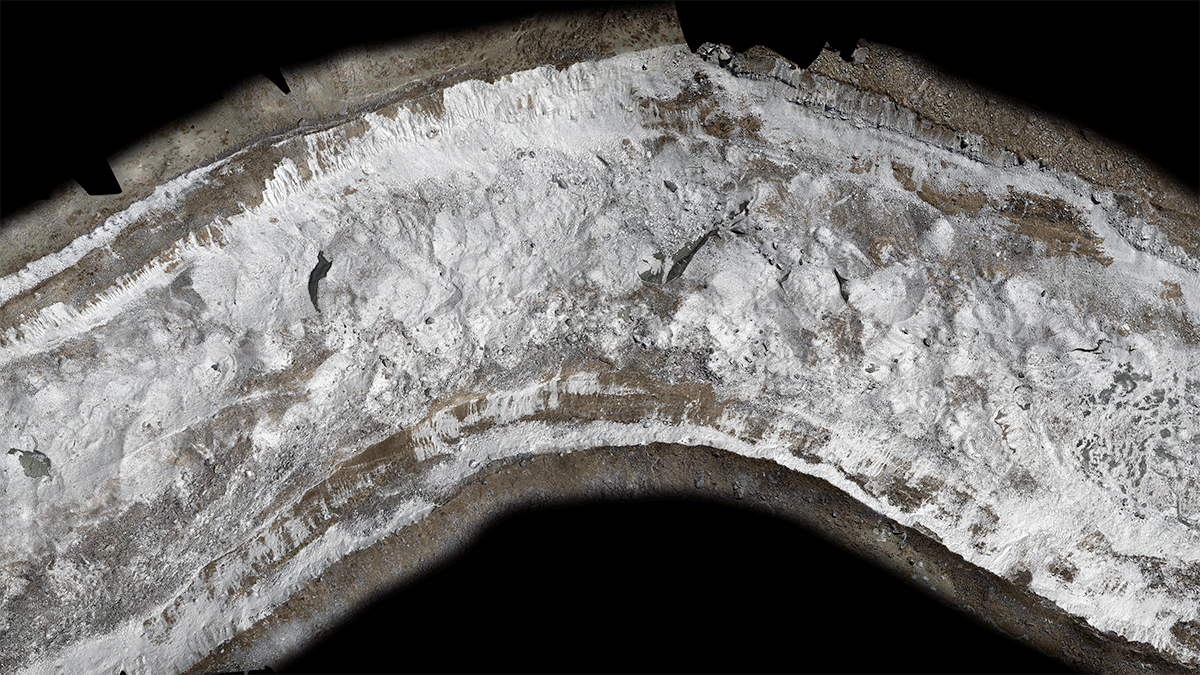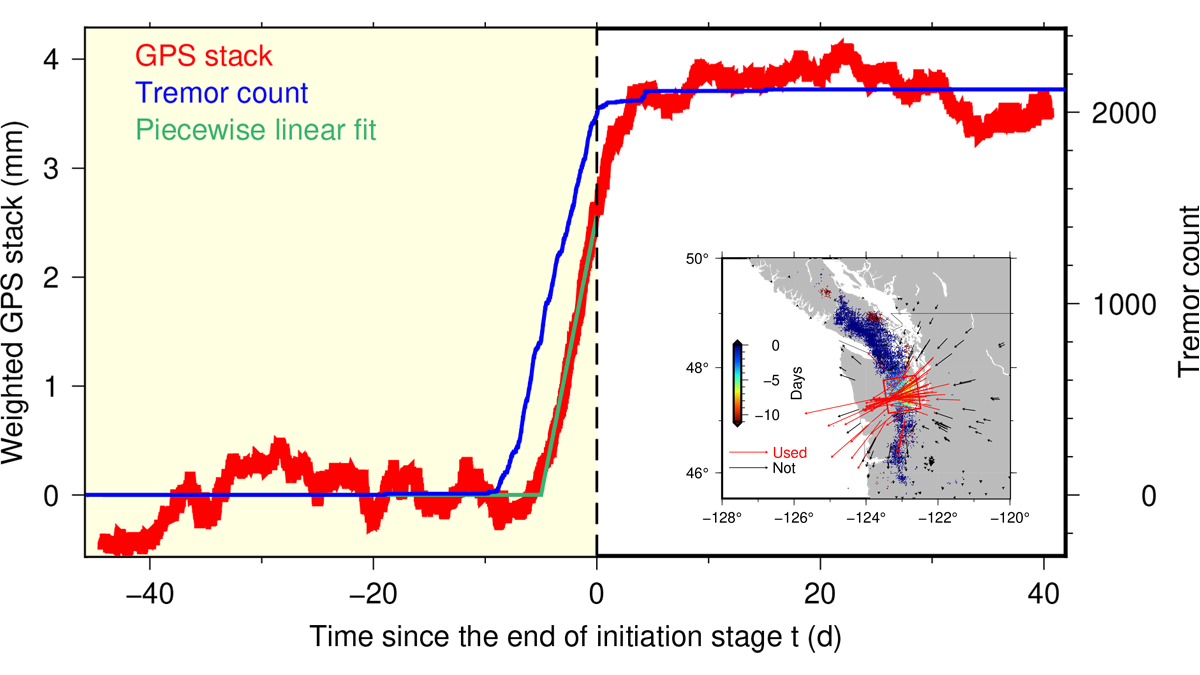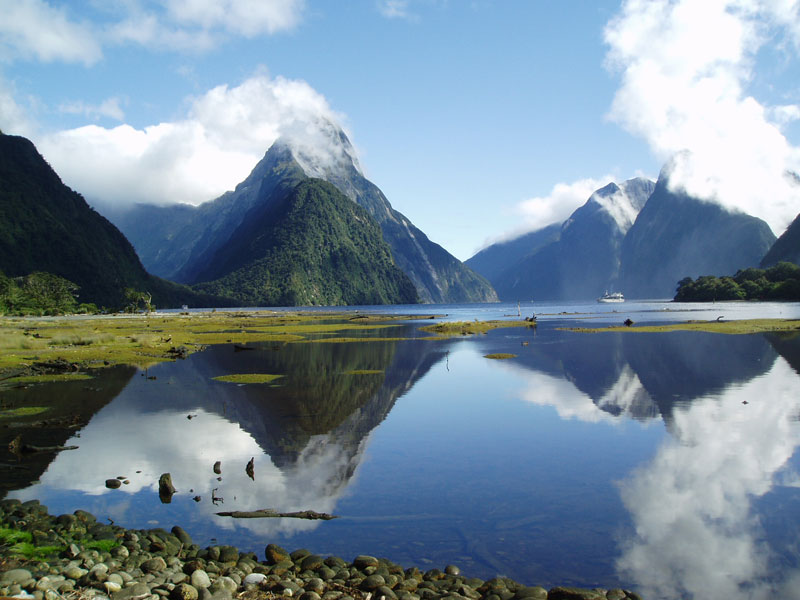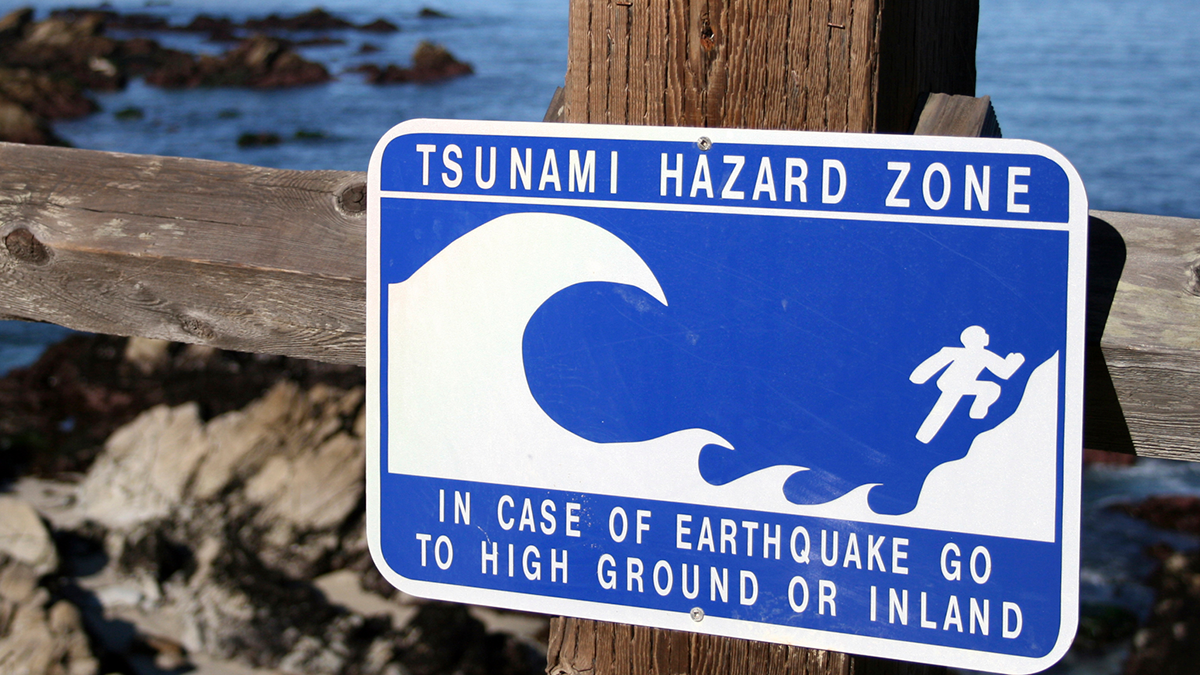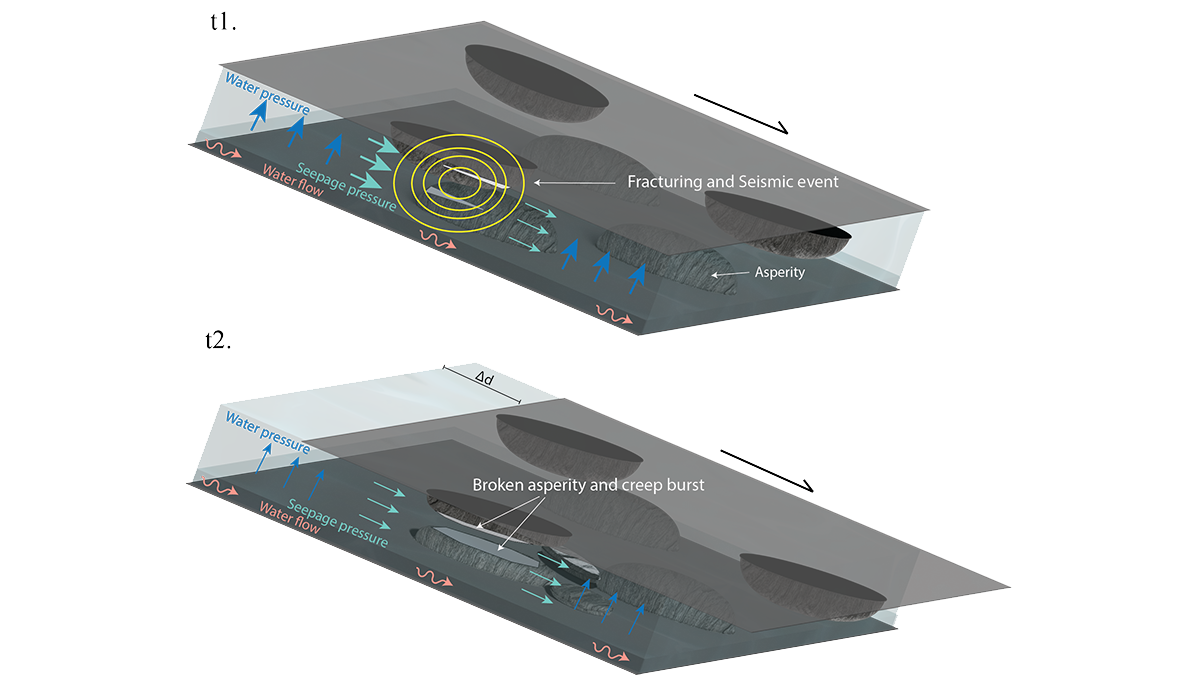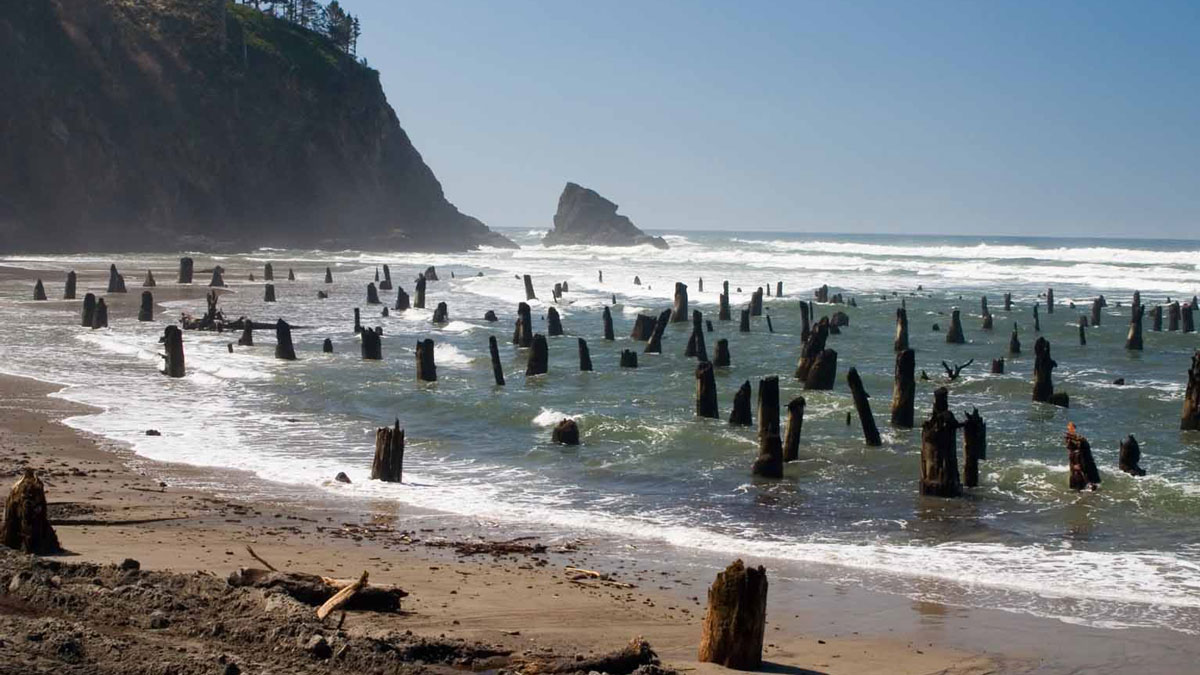A first look at how the surfaces of debris-covered glaciers evolve over time from six years of drone surveys in the Nepal Himalaya.
earthquakes
How (Slow) Earthquakes Get Going
Non-volcanic tremor ramp up precedes slow slip in Cascadia by about a day, indicating that brittle-creeping process interactions control nucleation.
Risk-to-life from a coseismic landslide-triggered tsunami in Piopiotahi/Milford Sound, Aotearoa/New Zealand
The Landslide Blog is written by Dave Petley, who is widely recognized as a world leader in the study and management of landslides. On 9 December 2019, a small phreatic eruption occurred on Whakaari/White Island in Aotearoa/New Zealand at a time when there were 47 people, most of whom were tourists, on the site. Tragically, […]
Landslide hazards in the area affected by the 2023 Türkiye-Syria earthquake
The Landslide Blog is written by Dave Petley, who is widely recognized as a world leader in the study and management of landslides. It is well-established that landslides are a major threat during earthquakes in mountain areas. In the last few decades, it has become increasingly clear that the first very major rainfall event after […]
Skewed Subduction Shear Zones
A global reanalysis of both short- and long-term deformation clarifies how obliquity affects strain partitioning in convergent plate boundaries.
T-waves May Improve Tsunami Early Warning Systems
A unique acoustic wave related to the generation of tsunamis could be used to enhance early warning systems.
Will It Run Away? Documenting Creep Bursts in a Slow-Moving Landslide
After 11-years of monitoring a slow-moving landslide and its shear zone in Norway, scientists reveal a complex pattern of creep bursts that require a rethink of the driving mechanisms.
Slow But Powerful Fault Slip Can Simply Arise from Fluid Flow
Cyclic changes of fluid pressure in fault zones can induce slow-slip events that advance in the direction of fluid flow, even when the faults are stable.
Modeling the Long and Short of Subduction Zones
A new subduction model could reveal important insights about megathrust earthquakes.
Landslides from the 17 December 2024 Mw=7.3 Port Vila earthquake in Vanuatu
The Landslide Blog is written by Dave Petley, who is widely recognized as a world leader in the study and management of landslides. In terms of “natural” disasters, attention is currently focused on events in Los Angeles, which will in due course may have substantial implications for landslides. A large atmospheric river event in the […]

